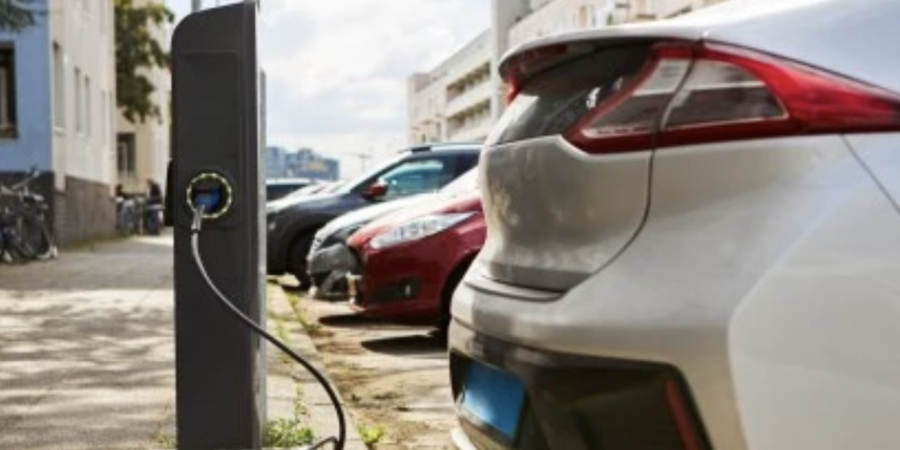In an analysis developed by EY, it highlights how in recent years, the region has experienced a notable advance in the adoption of electric mobility, especially in Panama, Costa Rica, and the Dominican Republic.
The analysis details that in Panama the demand for electric vehicles is growing, while in 2020 264 vehicles entered the country, in 2021, the figure rose to 542 vehicles and in 2022, 754.
In addition, within the Panamanian growth targets, it is expected that by 2030 between 25% and 50% of the country’s public fleet will be electric, and as a boost, the country has a law that regulates the development and operation of electric mobility and implements incentives for the private, public and academic sectors.
It is through tax incentives, Panama and the other countries of Central America and the Dominican Republic are advancing in terms of electric mobility; to address the environmental and health crisis, considering that 15% of greenhouse gas emissions are the responsibility of the region’s transport sector, which reduces poor air quality and causes more than 300,000 premature deaths annually in our continent.
As for the charging infrastructure of electric vehicles in the region, the analysis indicates that it is under development with each country advancing at its own pace of implementation, however, all make efforts to promote the adoption of electric vehicles by improving and making charging points available throughout the region.
In November 2022, thanks to the “MoveToZero” campaign; of the United Nations Environment (UNEP) program and private sector companies, a caravan of more than 10 vehicles was made that crossed five borders of Central America, traveling 2,500 kilometers.
This Central American electric route showed some still pending needs, such as the creation of a network of fast and semi-fast chargers that connects the entire region and a greater promotion of the benefits of zero-emission technologies.
According to Laureen Fernández, EY’s Market Research Coordinator, there are still challenges to be faced, with this analysis they have seen important issues to consider in terms of electric mobility.
For example, despite efforts being made to encourage the consumption of electric vehicles, unit prices are still more expensive when compared to internal combustion vehicles.
“We also see that, although there is great potential for hydroelectric, solar and wind energy, it is necessary to invest in the development of these clean energy sources to ensure that electric vehicles are fed with green electricity,” Fernández said.
